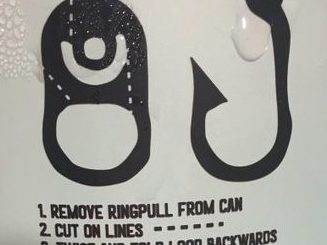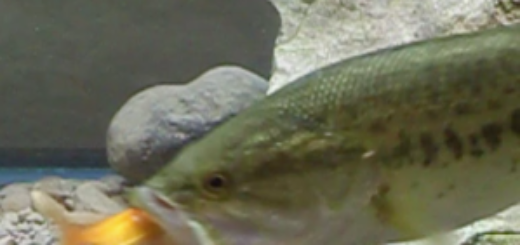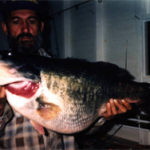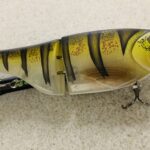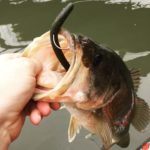Mastering Glide Baits: A Guide to Hooking Trophy-Sized Largemouth Bass
When it comes to pursuing trophy-sized largemouth bass, anglers are constantly seeking new techniques and strategies to increase their chances of landing these elusive giants. One technique that has gained significant popularity in recent years is fishing with glide baits. These realistic lures mimic the natural movements of prey fish and can entice even the most discerning bass into striking. In this article, we will explore the art of fishing glide baits and offer valuable tips to help you target and catch trophy-sized largemouth bass.
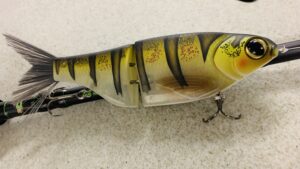
Chad Shad Glide Bait
- Choosing the Right Glide Bait: Selecting the appropriate glide bait is crucial for success. Opt for larger-sized baits that closely resemble the forage found in the water body you’re fishing. Consider the color patterns and finishes that imitate the prevalent baitfish species. Additionally, ensure that the bait has a smooth gliding action and good buoyancy to entice big bass.
- Understanding the Retrieve: The retrieve is the key to triggering strikes from trophy largemouth bass. Start by casting the glide bait near potential holding areas such as weed edges, submerged structures, or drop-offs. Allow the bait to sink to the desired depth before initiating your retrieve. Once you start retrieving, impart a side-to-side gliding motion by manipulating the rod tip. This action should mimic an injured or fleeing baitfish, enticing the bass to strike.
- Timing and Patience: Patience is crucial when fishing with glide baits. Allow the bait to work its magic by giving it enough time to glide through the water column. Largemouth bass are known for their ambush instincts, so it’s essential to give them an opportunity to observe and strike the bait. Vary the speed and cadence of your retrieve to determine the most effective presentation for the day.
- Focus on Key Locations: To increase your chances of connecting with trophy bass, focus on high-percentage areas. Look for cover such as submerged vegetation, laydowns, rocks, or any structure that offers hiding spots for big bass. Glide baits excel in open water and can be worked around these areas to provoke a reaction from lurking giants.
- Pay Attention to Seasonal Patterns: Understanding seasonal patterns is vital for successful glide bait fishing. In warmer months, bass are often more active and willing to chase down fast-moving prey. Speed up your retrieve and cover a larger area to trigger reaction strikes. In colder months or during the pre-spawn and post-spawn periods, slow down your retrieve and allow the bait to stay in the strike zone longer, tempting the bass to strike.
- Experiment with Retrieves and Depths: Don’t be afraid to experiment with different retrieves and depths to figure out what the bass prefer on a particular day. Glide baits can be retrieved at different speeds, including slow, medium, or even fast. Additionally, try adjusting the depth by altering the length of your pause during the retrieve or by using sinking or suspending glide baits.
Fishing glide baits for trophy-sized largemouth bass is an exhilarating and rewarding endeavor. By selecting the right bait, mastering the retrieve, and understanding the key factors that influence bass behavior, you can greatly increase your chances of hooking into a true lunker. Remember to stay patient, adapt to seasonal patterns, and experiment with different techniques to unlock the full potential of glide bait fishing. So, gear up, hit the water, and get ready to tangle with those monstrous largemouth bass!
